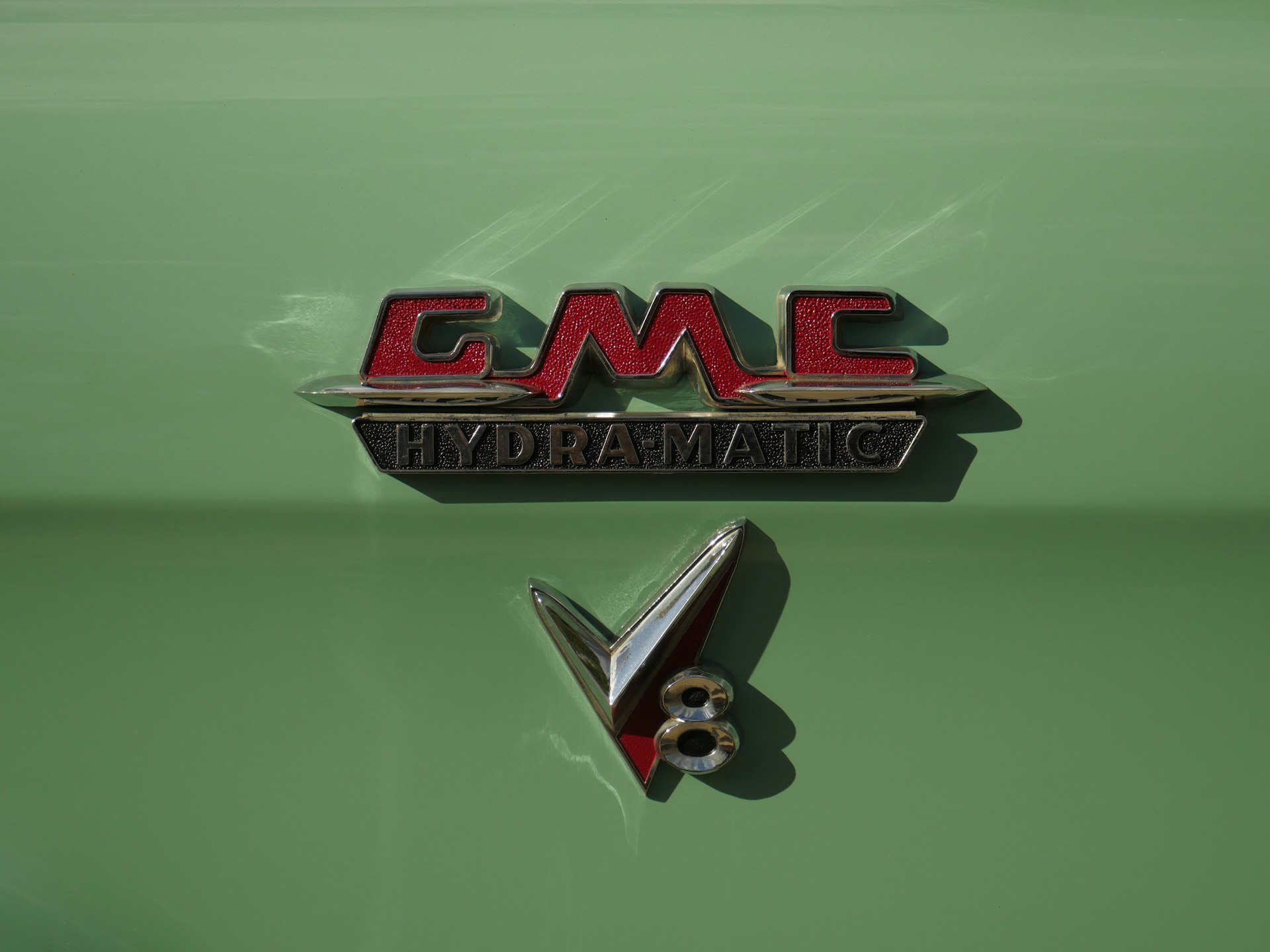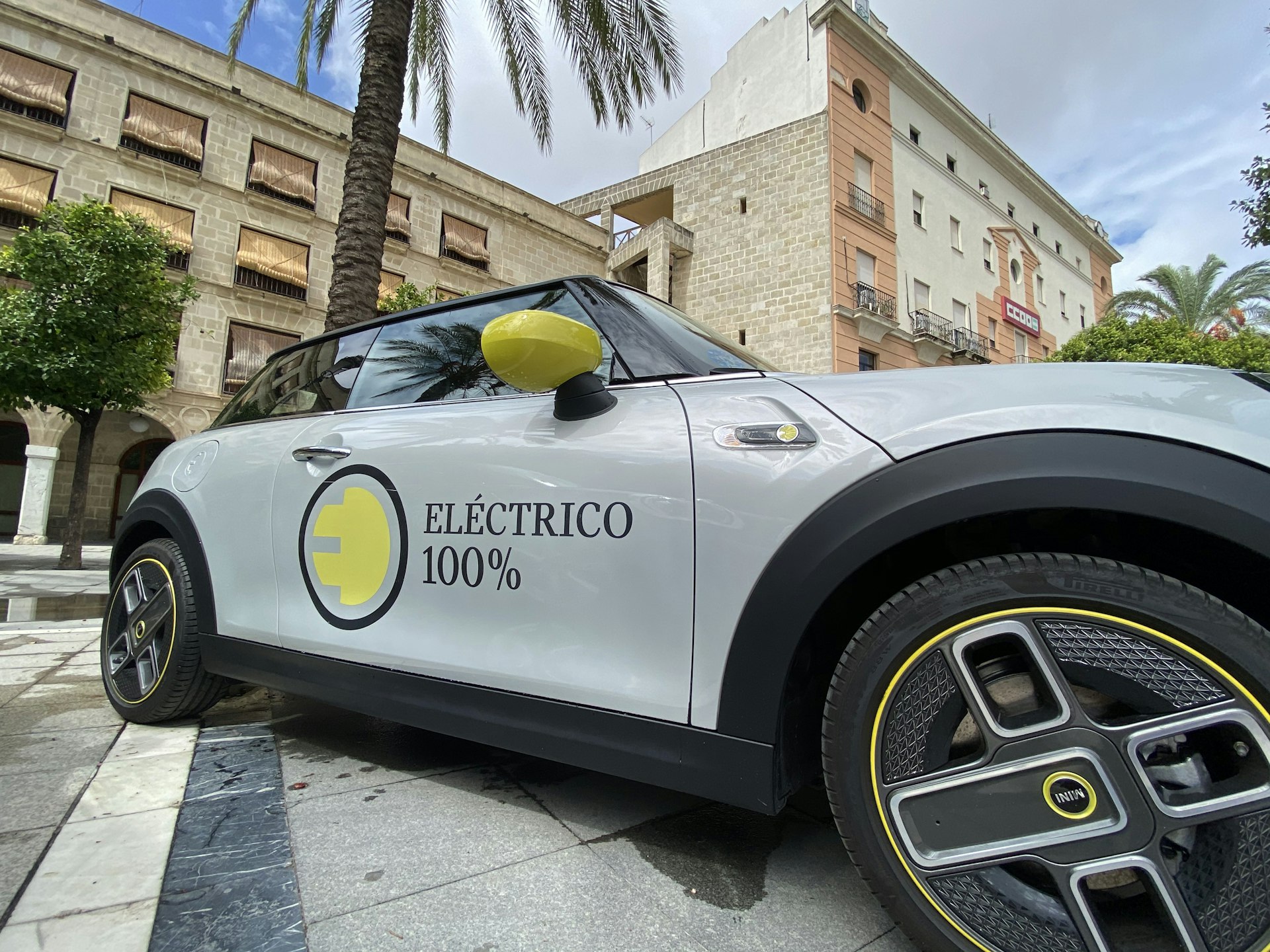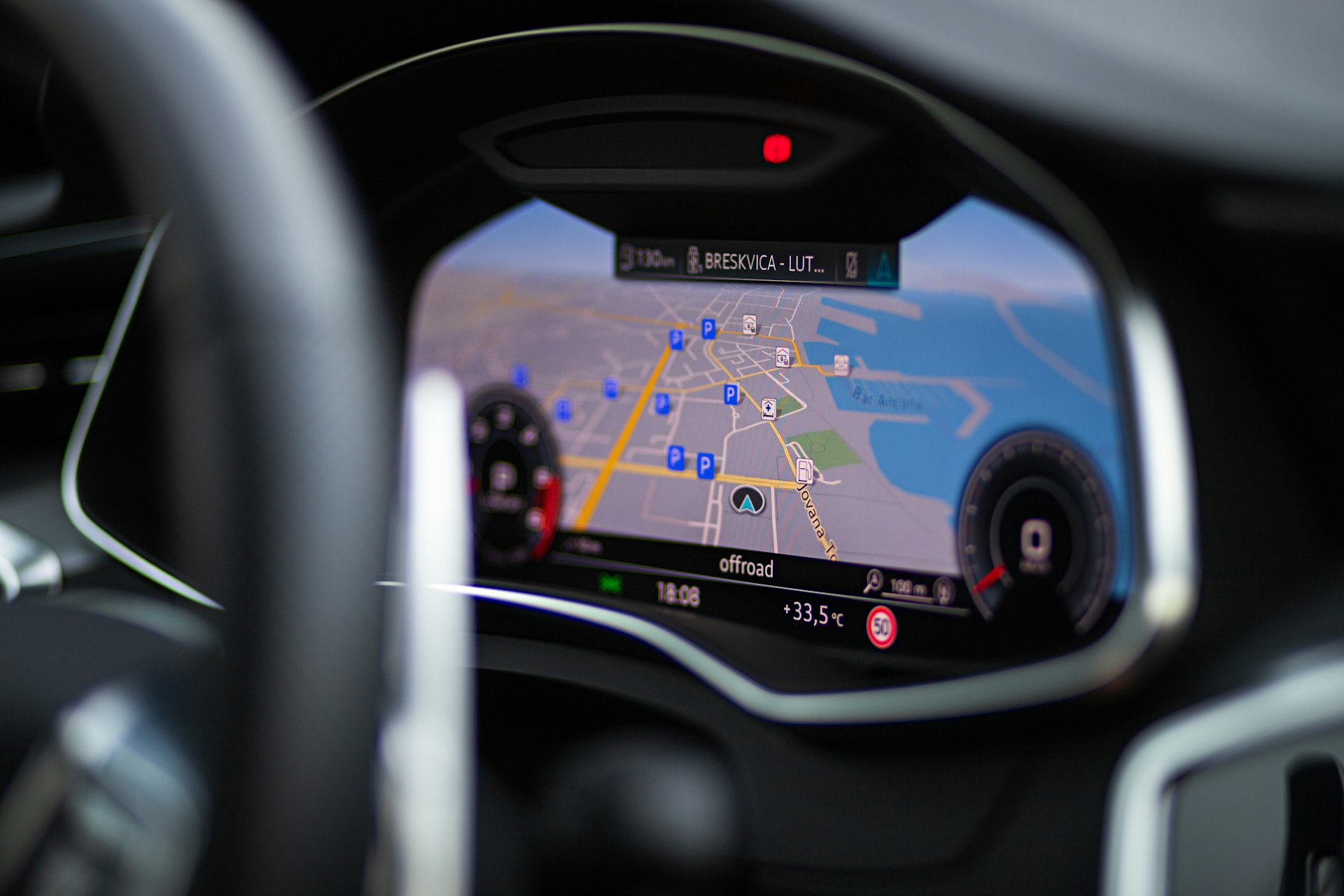Why Fleet Electrification Is Transforming Logistics Operations

Photo by Red Shuheart on Unsplash
Introduction: The Urgent Shift Toward Fleet Electrification
Logistics companies face mounting pressure to innovate and operate sustainably as environmental regulations tighten and consumer expectations evolve. Fleet electrification -transitioning from internal combustion engine (ICE) vehicles to electric vehicles (EVs)-is emerging as a mission-critical strategy for logistics firms seeking operational efficiency, cost control, and leadership in sustainability [1] . This article explores why fleet electrification matters, its core benefits, industry examples, and provides a practical roadmap for logistics companies to implement this transformation.
Environmental Impact and Regulatory Compliance
Transportation accounts for 21% of global CO
2
emissions, making logistics fleets a major contributor to air pollution and climate change
[1]
. Electrifying fleets drastically reduces greenhouse gas emissions by up to 60% compared to ICE vehicles. This shift supports global and national emission reduction targets while improving urban air quality and community health
[5]
.
Regulatory trends further amplify the need for electrification. The European Union and several US states have announced bans on new petrol and diesel vehicle sales by 2035, making fleet electrification not just strategic, but inevitable [1] . Early adopters position their businesses as sustainability leaders and ensure future compliance [3] .
Operational Efficiency and Cost Savings
Despite higher upfront costs, EVs deliver substantial long-term savings. Electric vehicles have fewer moving parts, resulting in lower maintenance needs and costs. Electricity prices are generally more stable and often less expensive than fossil fuels, reducing overall fuel expenses [4] . These savings compound over time, especially as the cost of EVs continues to decline and advanced battery technology enhances vehicle reliability [5] .
Operational efficiency is further boosted by telematics and route optimization software, which provide real-time data for vehicle health, location, and energy consumption. These tools help minimize downtime, optimize routes according to charging station placement and traffic patterns, and conserve battery life [5] . As a result, logistics companies can achieve higher productivity and reliability in their delivery operations.

Photo by Hector Ramon Perez on Unsplash
Brand Reputation and Customer Engagement
Corporate responsibility is increasingly valued by both B2B and consumer customers. Over 50% of consumers indicate a preference for companies committed to sustainability, and many are willing to pay a premium for goods and services from environmentally conscious businesses [1] . By electrifying fleets, logistics companies can enhance their public image, attract new business, and retain loyal customers.
Adopting EVs also helps companies project innovation and leadership in their industry, strengthening their reputation and competitive edge. This can open new revenue streams as clients seek partners who align with their own sustainability goals [3] .
Health, Safety, and Community Benefits
Electrification of fleets reduces harmful pollutants linked to respiratory and cardiovascular illnesses, directly benefiting employees and the communities where logistics firms operate [5] . EVs also operate more quietly, contributing to lower noise pollution in urban areas and improving the quality of life for residents [2] .
EVs meet rigorous safety standards set by agencies such as the National Highway Transportation Safety Administration (NHTSA), with additional requirements for battery safety. Logistics companies can be confident that their electrified fleets are as safe and reliable as traditional vehicles [4] .
Implementation: Step-by-Step Guidance for Logistics Firms
Transitioning to electric fleets requires careful planning and execution. Logistics companies can follow these steps:
- Assess Fleet Needs: Evaluate current fleet size, vehicle types, delivery routes, and operational requirements. Consider payload capacity and range needed for EVs to meet delivery demands [2] .
- Select Appropriate EV Models: Research available electric vehicle options suitable for logistics use-vans, trucks, or specialty vehicles. Compare range, cargo space, charging times, and costs.
- Plan Charging Infrastructure: Identify locations for installing charging stations at depots and along major delivery routes. Work with certified charging solution providers and utility companies for installation and energy capacity planning [2] .
- Train Staff: Provide comprehensive training for drivers, maintenance crews, and fleet managers on EV operation, safety protocols, and charging logistics [3] .
- Integrate Fleet Management Tools: Adopt telematics and advanced software for route optimization, energy usage monitoring, and predictive maintenance [5] .
- Monitor and Adjust: Track performance metrics, energy savings, vehicle reliability, and customer feedback. Continuously refine fleet operations and expansion strategies.
Companies exploring fleet electrification should start by contacting established EV providers, consulting with certified charging infrastructure specialists, and leveraging industry resources. Consider searching the websites of major vehicle manufacturers (such as Ford, Rivian, and Mercedes-Benz) and leading charging solution firms for partnership opportunities and support. You can also consult national industry associations, such as the American Trucking Associations, for guidance and best practices.
Case Studies: Real-World Leaders in Fleet Electrification
Major logistics providers are already demonstrating the practical benefits of fleet electrification:
- Amazon: Committed to deploying 100,000 electric delivery vans by 2030. This ambitious program is part of Amazon’s Climate Pledge and is already reshaping last-mile delivery in urban centers [2] .
- UPS: Expanding its electric truck deployment and investing in electric aircraft for logistics, UPS is integrating EVs across its global network and paving the way for lower emissions and improved operational efficiency [2] .
- American Battery Solutions: Provides high-performance battery solutions and telematics platforms for commercial EV fleets, enabling logistics companies to optimize routes, monitor vehicle health, and maximize cost savings [5] .
These examples illustrate that large-scale fleet electrification is feasible and impactful, with measurable operational and environmental benefits.
Challenges and Solutions
Fleet electrification presents several challenges, including upfront investment, charging infrastructure deployment, and adapting to new vehicle technologies. However, solutions are available:
- Upfront Costs: While EVs and charging stations require initial investment, many organizations find that total cost of ownership is lower over time due to reduced fuel and maintenance expenses [4] .
- Infrastructure: Partnership with charging solution providers and local utilities is critical for ensuring reliable charging access. Government incentives and grants may be available-search official government energy and transportation websites for current programs.
- Range and Payload: Carefully match vehicle selection to operational needs. Advances in battery technology are addressing range limitations, and most logistics routes can be accommodated by modern EVs [2] .
- Change Management: Invest in staff training and change management programs to ensure a smooth transition and effective utilization of new technologies.
Alternative approaches include piloting a small number of EVs before scaling up, leasing electric vehicles to reduce capital expenditure, and partnering with vehicle providers for maintenance support.
How to Begin Your Fleet Electrification Journey
If your logistics company is ready to explore fleet electrification, start by:
- Assessing your current fleet and delivery patterns
- Researching EV models and charging solutions
- Contacting vehicle manufacturers and charging infrastructure providers for consultations
- Reviewing official government energy and transportation agency websites for potential incentives and regulatory guidance
- Engaging with industry associations for best practices, training, and networking
For more information, you may search for “electric fleet incentives” and “EV charging grants” on the U.S. Department of Energy and Department of Transportation official websites. Reach out to local utility providers for support with charging infrastructure. Consider joining sustainability networks or coalitions to connect with other logistics leaders.
Key Takeaways
Fleet electrification is no longer optional for logistics firms-it is a pathway to cost savings, operational efficiency, regulatory compliance, and market leadership. Successful implementation requires strategic planning, collaboration with industry experts, and a commitment to continuous improvement. By taking actionable steps today, logistics companies can future-proof their operations and make a lasting positive impact on the environment and society.
References
- [1] Power Sonic (2023). Fleet Electrification: Transitioning to EV Fleets.
- [2] CyberSwitching (2024). Electric Cars and Fleet Electrification for Delivery Services.
- [3] Hitachi ZeroCarbon (2023). Fleet electrification: Costs, benefits and challenges.
- [4] NovaCharge (2024). Top Benefits of Switching to an EV Fleet.
- [5] American Battery Solutions (2023). The Benefits of Electric Commercial Fleets.
MORE FROM promospotlight.com













